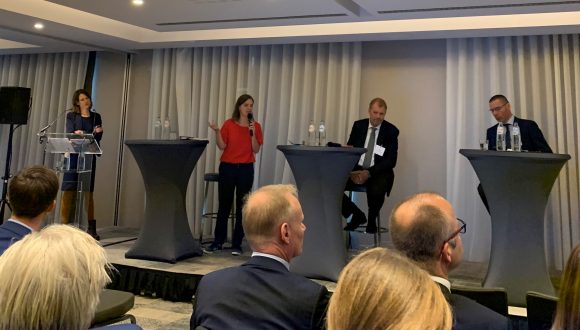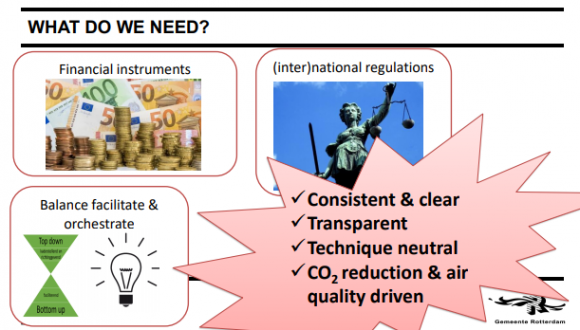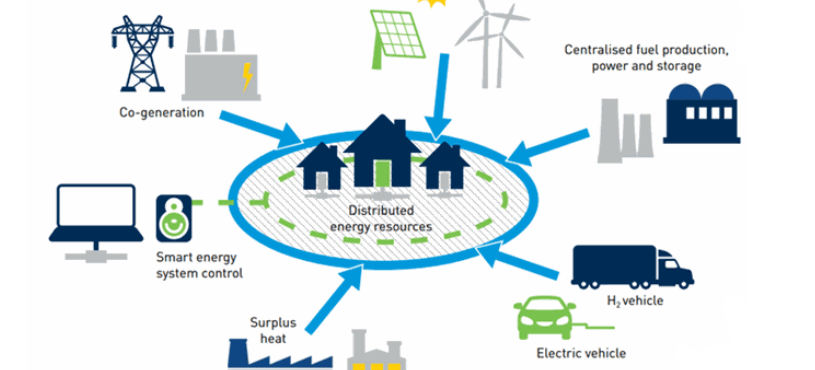District heating is one of the energy solutions that is lately getting the attention from the European institutions. For two main reasons, cities and regions will be pivotal in reaching climate neutrality by 2050 and district heating networks are suited to feed in locally available, renewable and low-carbon energy sources.
On Monday 1st of October, EuroHeat and Power hosted an event called ‘Decarbonising District Energy For Our Cities’ where they presented their vision for 2050. Several stakeholders and some members from the European Commission attended the conferences.
Understanding cities’ energy needs
As opening speech, Hans van Steen, director of DG Energy, stated “we should look holistically at the energy sector. There is no single solution to decarbonisation. District Heating enables the flexibility we need for the energy transition through sector integration”. He added that an analysis needs to be made in order to figure out the best match for every energy need and find the best match possible.

Claire Roumet coordinator of Energy Cities pointed out the important role of local energy sources and Paul Voss managing director Euro Heat and Power stressed that “we must understand what the cities needs”.
After the introduction, three cities that presented their steps towards decarbonisation (Rotterdam, Viena and Dijon and Espoo) you can find their main findings here.
Astrid Madsen from the City of Rotterdam pointed out that “it’s very dangerous to think that hydrogen will enable heat transition happen in 20 years because we don’t have enough renewable electricity to make hydrogen and this approach condemns to inactivity whereas real solutions are out there and we have to act now”.

Higher ambition, reconsidering 2030 targets
The afternoon session began with a panel titled ‘Top Down: DHC in the EU’s Climate and Energy Strategy. Arianna Vitali, Senior Project Manager at Buildings Performance Institute, said that it is appropriate to re-open 2030 targets because a reduction of 40% of GHG emissions will not lead us to carbon neutrality by 2050.
Karlis Goldstein, Policy Officer in DG Energy, claimed that “the role of the EU is to allow municipalities and people to have all the choices available to decide what types of H&C solutions they go for, and the sector will have to fight for it”. He predicted that “the mix (of energies) that we have today is probably not going to be the same mix that we will have in 2050″.
Finally, Goldstein gave some details about what is the Commission currently working on: “the member states will have to submit (by the end of 2020) a national wide assessment on what they think their heating and cooling need will be based on the project of demand for the next 30 years”. This assessment will imply getting more in touch with local administrations and extract information from there more precise what types of technologies will they use.


Leave a Reply